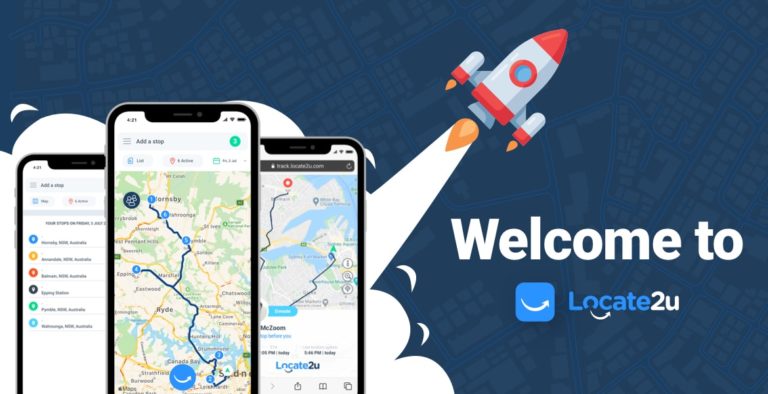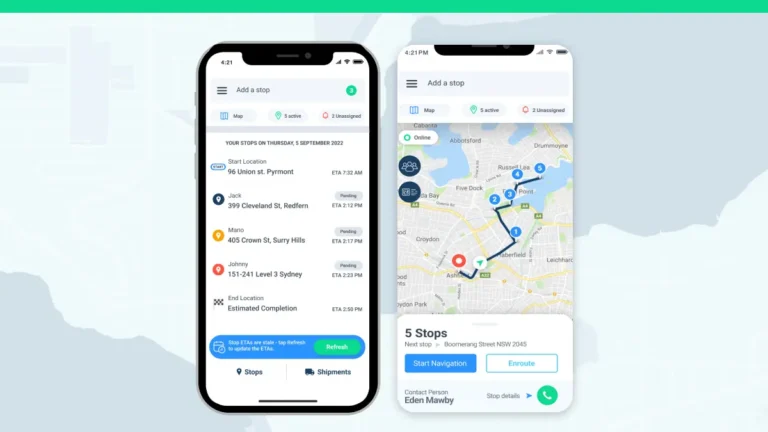Startups are often synonymous with chaos and unpredictability. MIT Sloan educator Bill Aulet updated his framework of ‘24 Steps to a Successful Startup’ to guide aspiring entrepreneurs as they navigate the challenges of creating a business from the ground up.
Aulet’s research spans more than a decade. He believes that entrepreneurship can greatly benefit from a structured approach, despite the unpredictability of building a startup.
Roadmap to startup success
In his book, Aulet writes, “Some people tell me that entrepreneurship should not be disciplined, but chaotic — and it is. But it is just in such situations where a framework to attack the problem in a systematic manner will be the most valuable.”
It encapsulates Aulet’s philosophy that the uncertainties and challenges of starting a business can be easily navigated by breaking down the complex process into manageable steps.
Understanding your customer
Your customer is king and this is evident from the fact that three of Aulet’s six key themes are centered around understanding your customer, understanding their needs, and getting them to buy your product or use your service.
First, determine your target market and create a customer persona. He suggests using “primary market research techniques to build out a robust demographic and psychographic description of your end user.”
Interested in learning how to create a customer persona? Read more here: Data-driven e-commerce: Understanding your customers.
Next, determine what you can do for your customers. Give it a visual depiction – compile a draft brochure, build a website, or use other digital means to represent your product or service.
Aulet says, “Customers buy based on value; it needs to be clear that you can show it.”
From here, you need to connect your target audience to your product or service. Aulet recommends identifying everyone involved in the customer’s journey. This includes decision-makers and influencers.
By mapping out your customer’s journey and identifying key players, you can tailor your marketing efforts to address specific pain points and concerns. This will assist you in creating a product or service that solves their problem. In the long run, it increases the likelihood of converting leads into sales.
Monetization, building, and scaling
Half the battle is now won, but you won’t go any further if you fail to monetize, build, and scale.
Ask yourself: Are there different ways to get paid for your product? Aulet suggests: “Choose the best one aligned with all key stakeholders’ interests. Determine a framework to test pricing for your product and decide on what the initial price will be.”
In order to keep profits going, you need to build the product or service, and constantly improve on it.
This can be done by:
- Identifying what your clients want, and testing your assumptions before investing.
- Defining the minimum viable product (MVP) to start a customer feedback loop.
- Offering the MVP to your target customers and then analyze the data.
Scaling is just as important as monetizing and building.
This can be done by calculating potential annual revenues and by developing a long-term plan to build on your product and adapt to market changes over time.
About the author
Cheryl has contributed to various international publications, with a fervor for data and technology. She explores the intersection of emerging tech trends with logistics, focusing on how digital innovations are reshaping industries on a global scale. When she's not dissecting the latest developments in AI-driven innovation and digital solutions, Cheryl can be found gaming, kickboxing, or navigating the novel niches of consumer gadgetry.











